BLOG
GDPR and Marketing: One Year On
Published: May 22, 2019
As we approach the first anniversary of the regulation’s staging date we uncover the (surprising) impact of GDPR on marketing.
This time last year, marketers were waiting with bated breath to learn the impact of GDPR on marketing as it came into effect on 25th May 2018 across the EU. But while the weeks pre-GDPR saw 1000s of column inches dedicated to worst-case scenarios, the story since then has been less clear. One year on, we decided to investigate – and the results were a little surprising.
To understand the impact of GDPR on marketing, we surveyed 250 UK marketers in the lead-up to the first anniversary of the regulation’s staging date.
Overall, the story that emerged is a pleasant surprise – marketing databases have successfully recovered to 93% of their pre-GDPR levels.
But within the data lies more stories of struggle and areas for improvement – recovery has been hard work because the losses were at first pretty substantial. Read on to learn which industries were the biggest losers, which recovery tactics proved most popular (and successful!) and who still has work to do when it comes to mitigating against the impact of GDPR.
GDPR and marketing databases: the biggest losers
Perhaps the most surprising takeaway here was that more than one-fifth of marketers surveyed (21.6%) claim that they did not lose any of their email databases due to the impact of GDPR (including, unsurprisingly, all the legal businesses surveyed).
The picture wasn’t so rosy for everyone else. The average marketer lost 23% of their database, and more than one-third lost more than 30%.
The majority of marketers saw losses due to taking a proactive approach toward consent, such as deleting contacts to ensure compliance. However, consumer action, such as choosing to opt out, also had a sizeable impact, with over 40% of marketers citing this as the main reason for database depletion post-GDPR:
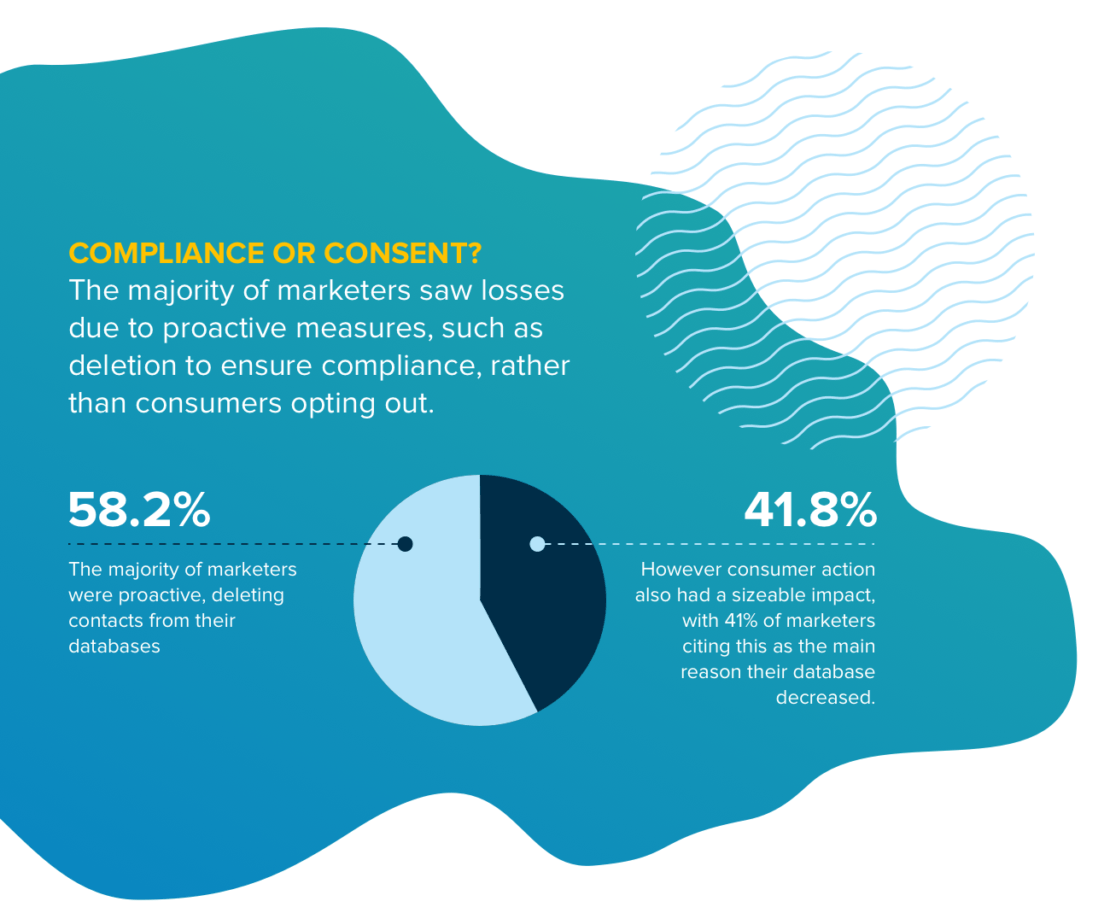
What types of businesses were most impacted by GDPR?
The sectors who lost out the most were Travel & Transport, IT & Telecoms and Finance.
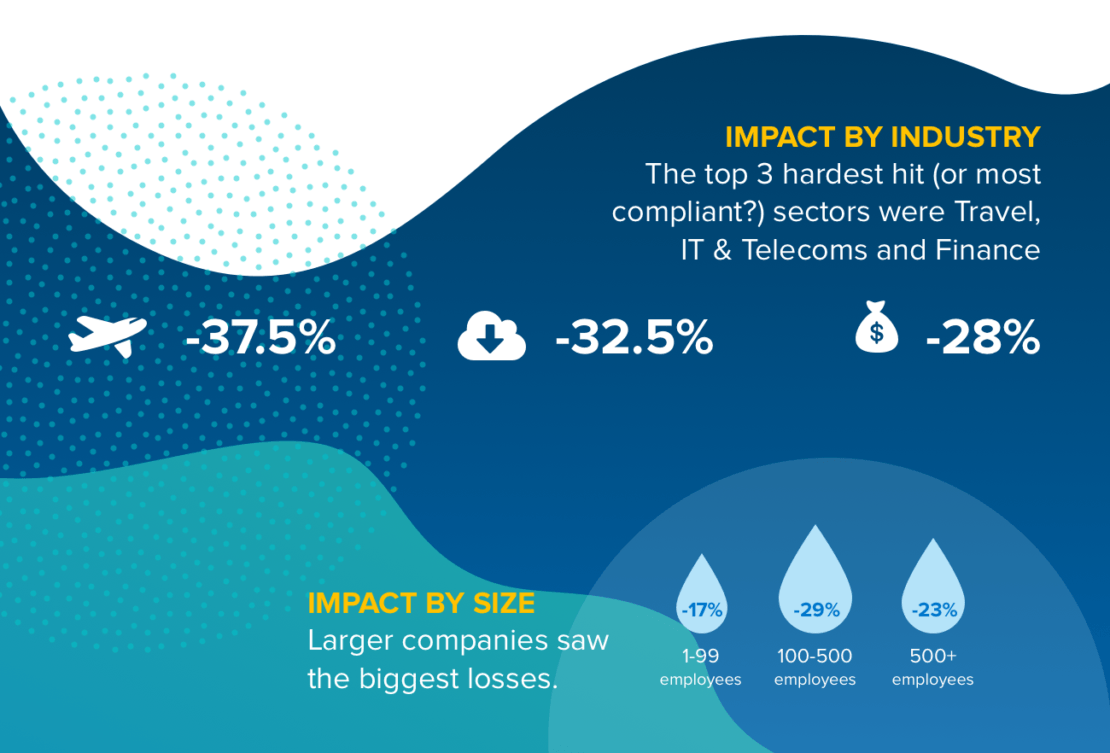
But the good news is that they fought back. Within this group of hard-hit businesses, a trend toward greater database recovery emerged. For example, the media industry and IT/telecoms industry saw +27% and +29% regrowth respectively.
For some sectors, the picture is now better than ever: retail saw some of the best database regrowth since last year, reaching 101% of its pre-GDPR database size. Travel & Transport is the one industry that has the longest way to go, with travel marketing databases at 74% of last year’s levels.
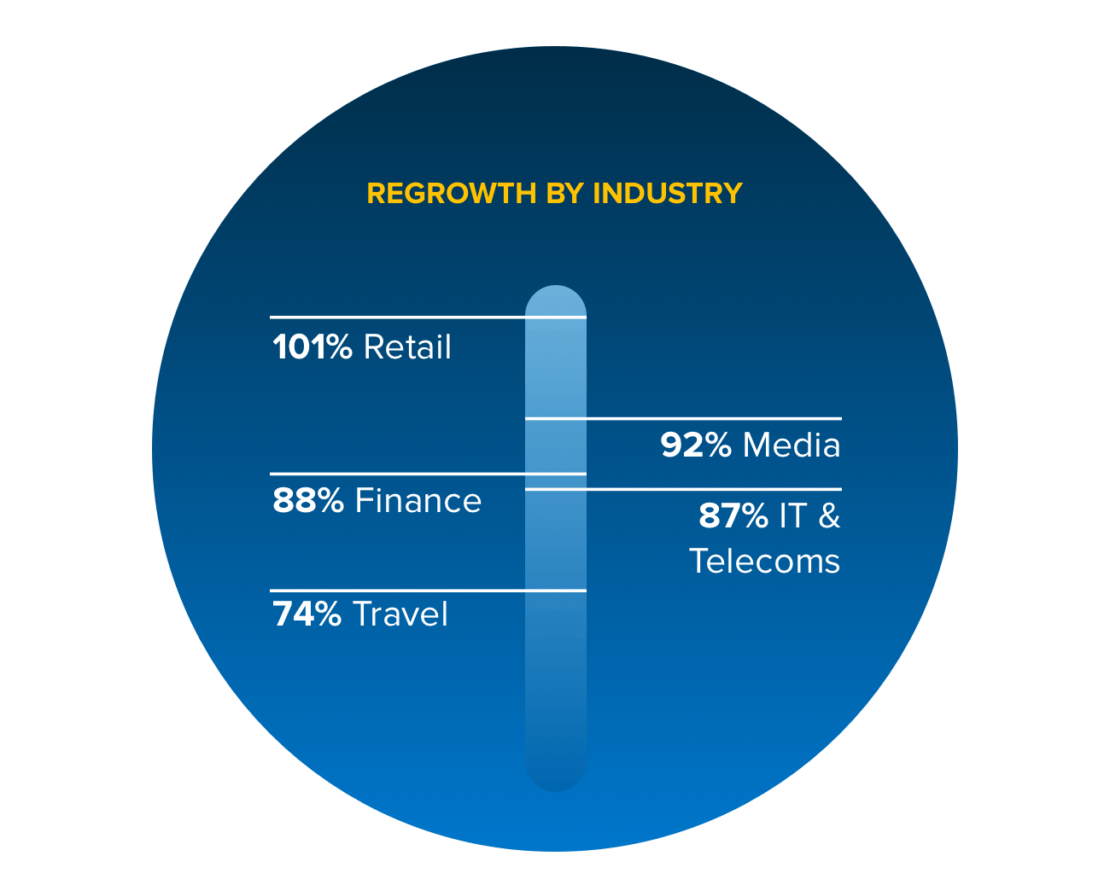
This pattern of the hardest-hit being the best-recovered continued as a trend in business sizes. Larger businesses generally lost a greater proportion of data last year, on average losing 29% of their contacts, but have recovered at a rate of 24%. In comparison, businesses with less than 100 employees have only recovered by 18%.
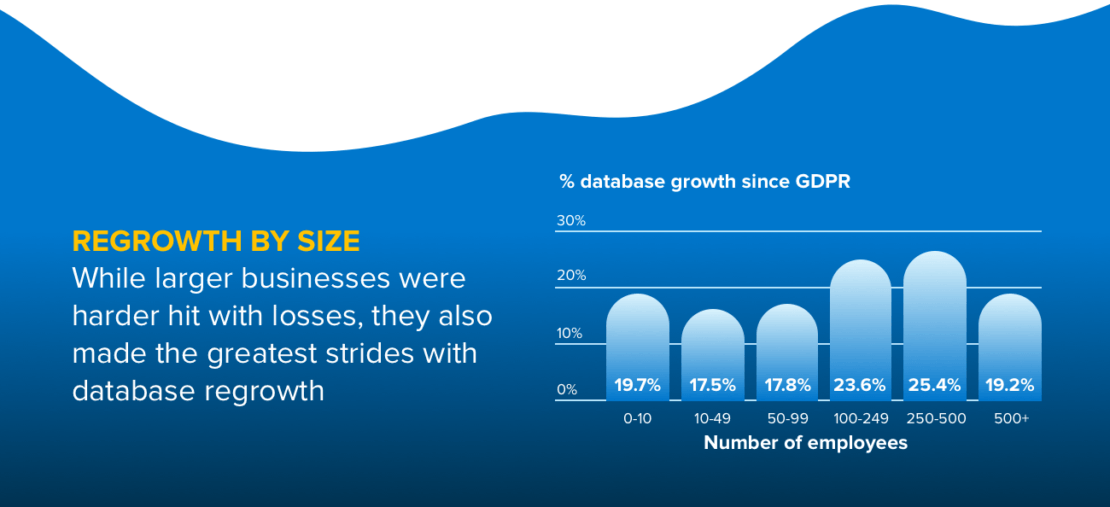
How have marketers recovered from GDPR?
While recovery is not yet complete for many, efforts to date have yielded positive results. Particularly evident from the study is the diversity of data-capture tactics utilized. The high regrowth rate achieved by some of the hardest-hit, such as larger businesses, was driven by the usage of a wide range of lead generation strategies, from loyalty programs to content optimization, as well as more traditional approaches such as competitions and incentivized newsletter sign-ups.
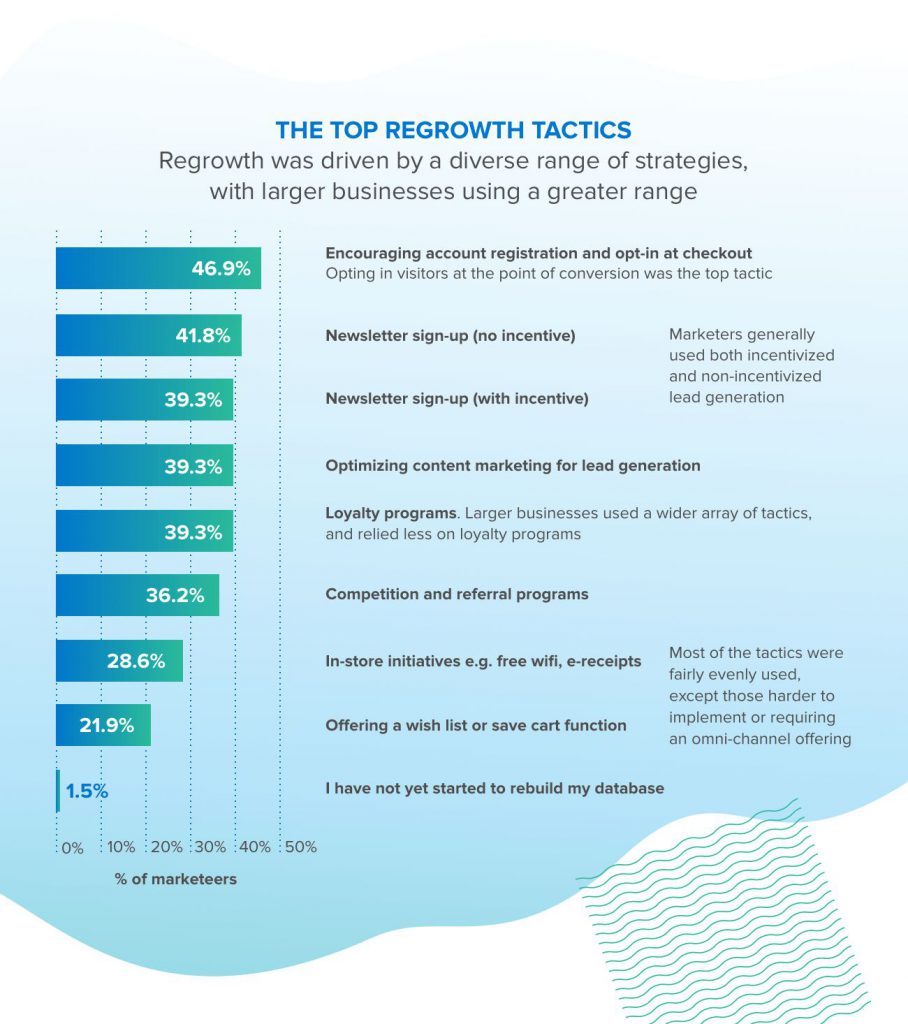
Romain Sestier, VP Product and Data at Yieldify, said: “The results of the study really confirm the trends that we’ve been seeing amongst many of our clients over the last year: recovery from GDPR is completely achievable if you employ a smart and diverse range of strategies.
“We’ve created nearly 3,000 lead capture journeys in the last year, resulting in over 2.6 million new email leads for our clients’ CRMs – and even better, these contacts are usually far more engaged than those that were lost in May last year.”
Thomas Cook Airlines was one of the first of Yieldify’s clients to prepare for GDPR by incorporating explicit opt-in into its Save My Booking functionality. This was designed to mitigate against booking abandonment by offering exiting users the option to save their booking for later by entering their email address and explicitly opting-in to re-engagement:

The business had previously sent booking recovery emails without explicit opt-in – a strategy that would no longer have been valid under GDPR.
This strategy succeeded in re-engaging visitors at high risk of being lost from the booking funnel, putting them on a journey towards conversion. The GDPR-friendly approach also surfaced key learnings: whilst send volumes were smaller, the open rates, click-through rates and conversion rates were significantly higher.
Did the impact of GDPR meet with marketers’ expectations?
Before GDPR came into effect, while there was a lot of speculation, there was no definitive answer as to what the impact on marketing would be. This lack of clarity was reflected in the expectations marketers had around the impact of GDPR…which turned out to be pretty inaccurate.
Despite the scaremongering around email marketing and ad personalization in particular, many marketers were still unpleasantly surprised: one-third (32.40%) and a quarter (24.4%) respectively said the impact was worse than predicted.
In contrast to this, the impact on other areas was better than expected, on average 25.5% of marketers said that the impact on overall acquisition, website personalization and single customer view was better – or much better – than expected.
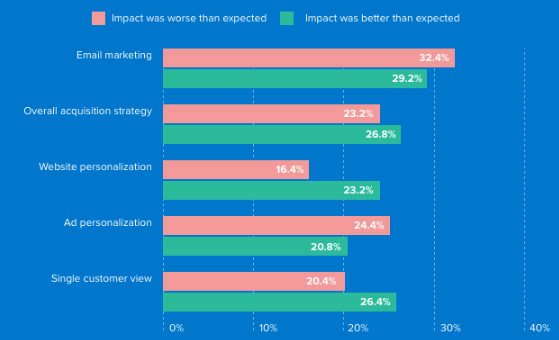
The impact of GDPR: in conclusion
This time last year, marketers were heading into the unknown – but our data shows largely positive results when it comes to the efforts being made to rebuild email databases in a post-GDPR world.
While the strategies to date have worked well for some, there are still areas for improvement when it comes to the GDPR, marketing, and future data governance strategies.
The focus now should be on making up for lost time by employing a smart range of data collection tactics to ensure you’re performing in line with the industry benchmarks outlined above. And if you need a hand with that, we’re here to help. We’re offering one month of free email capture to new clients, click here to request your free demo today.
This research was conducted by Censuswide, an independent market research consultancy, with 250 UK marketers who have access to an email database. Fieldwork was carried out between 09.05.2019 – 13.05.2019.
Censuswide abide by and employ members of the Market Research Society. All survey panellists are double opted in, which is in line with MRS code of conduct and ESOMAR standards.